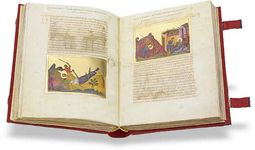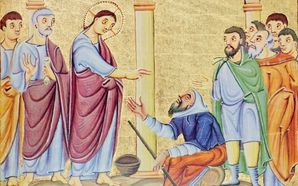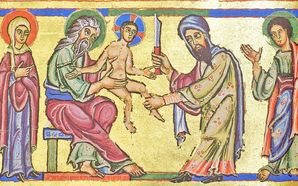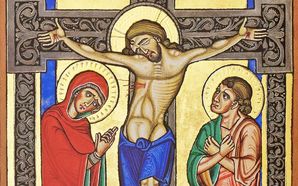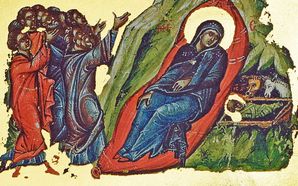The 11th Century in Europe: A Heirloom for Art and Culture as a Breeding Ground for the First Crusade
This is Part 7 of our Centuries series. In it, we will review the tumultuous 11th century, starting with the beginning of the High Middle Ages and the emergence of Romanesque art.
Next we will examine the Byzantine Empire at its zenith, before moving on to the Normans and their conquests ranging from England to Sicily to Syria.
We will then move on to the succession of a new German dynasty, the rise of chivalry and the troubadour, as well as the beginning of the Crusades.
Demonstration of a Sample Page
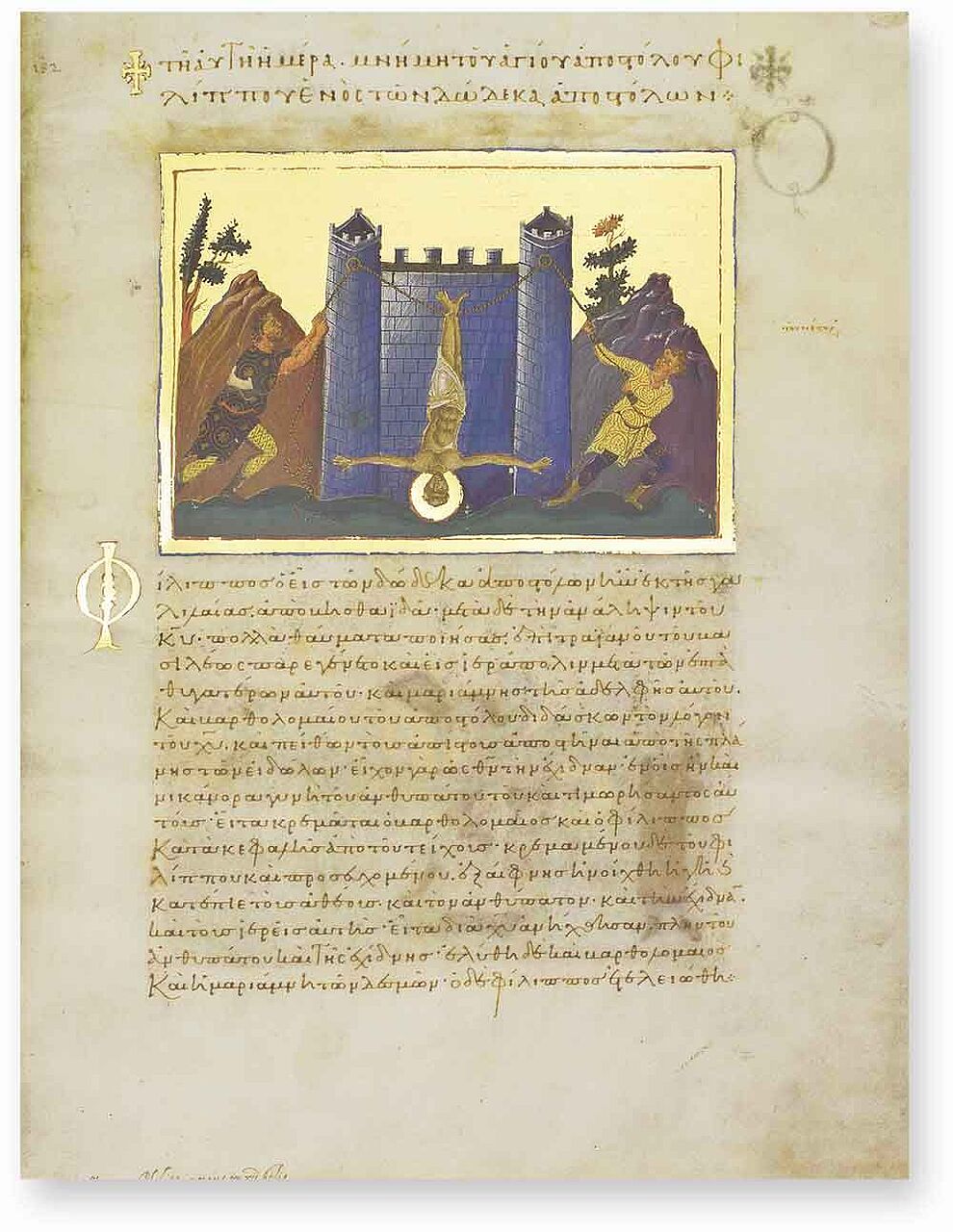
Menologion - Book of Saints of Emperor Vasilios II
Martyrdom of St. Peter
A highlight of Byzantine illumination, this miniature with a burnished gold background and halo for the martyred Peter shows him being strung up by his ankles with his arms stretched out. In contrast to Peter’s pious nakedness, his tormentors are elaborately dressed in fine patterned garments, which was a common way of depicting immoral characters in medieval art.
Popes are often referred to as the “heirs of St. Peter”, an Apostle who was martyred in Rome in the year AD 64 as part of recriminations against Christians who were blamed for the Great Fire of Rome. Traditionally, Peter was crucified upside down because he did not feel worthy of being martyred in the same manner as Christ, but the specific term used is “with arms stretched out”.

